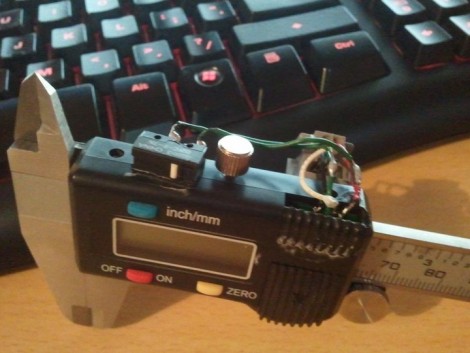
[Ammon Allgaier] built a tool that can break apart pin headers with a high level of precision. In the video after the break he demonstrates the built-in features. They include an adjustable stop to select the number of pins you’d like in each chopped segment. There’s also a small groove in the input side which the plastic frame of the header rides in. Just insert until it is touching the stop, and push down to break the header at the correct location. A couple of springs return the cutting tooth to its resting position, allowing you to make quick work of chipping up a 40-pin blank. This machine will become a nice companion for that automatic wire cutter.
This is great for single headers but we’ve long been on the lookout for a reliable way to snap off double pin headers. Far too often we make mistakes when trying to use two pair of pliers. If you know of a better way, please share your method in the comments.
















